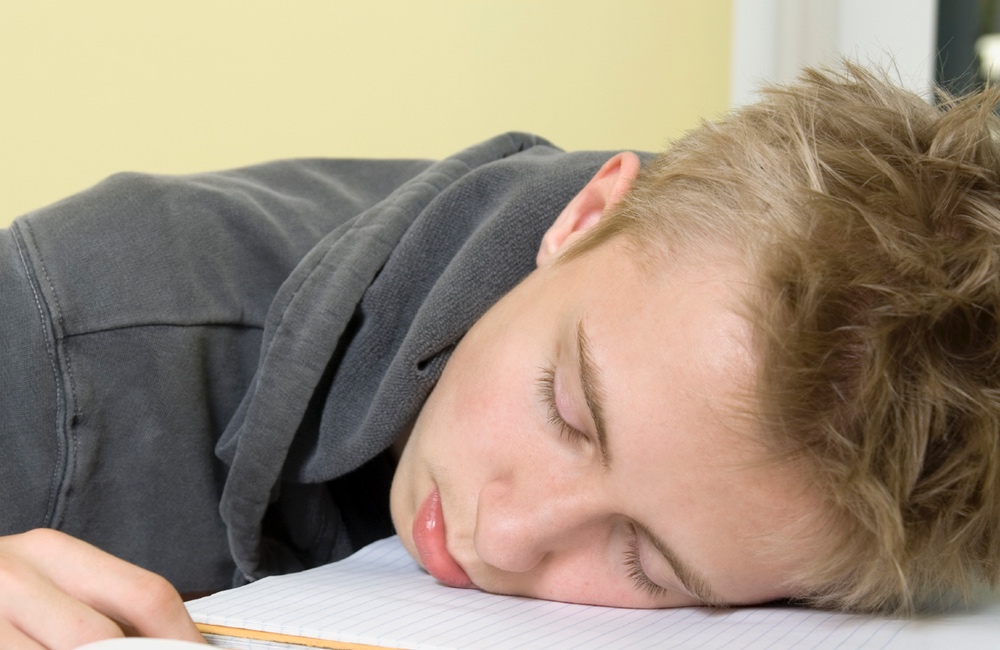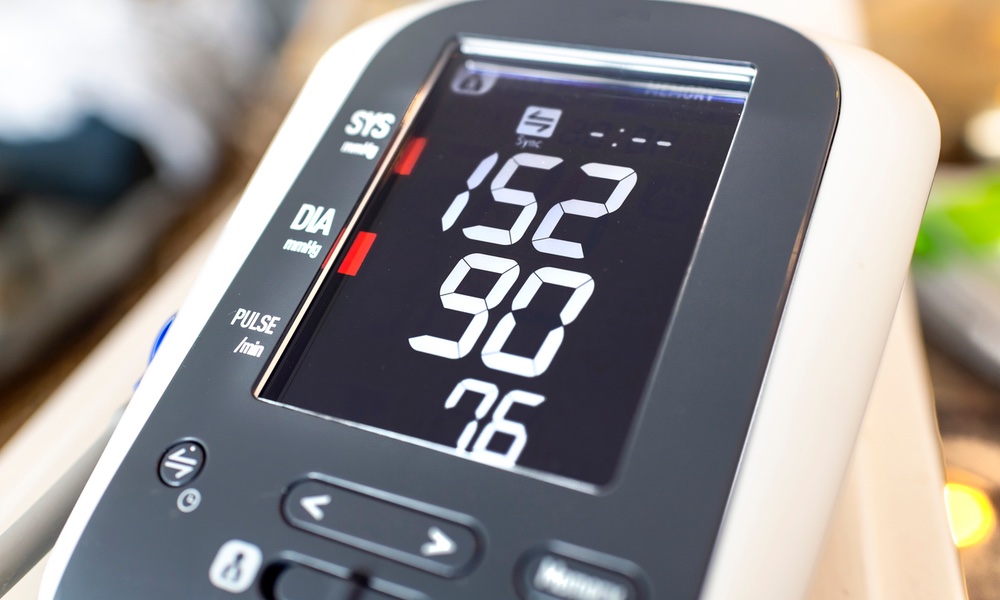Dr. Joseph T. Cooke, Associate Professor of Clinical Medicine at New York-Presbyterian Hospital/Weill Cornell Medical Center, says that air pollution is definitely a problem for those who work out in the city. The main culprits are ozone, fine particulate matter, and carbon monoxide, he says. These pollutants irritate the lungs and respiratory system, and can exacerbate underlying diseases such as asthma, bronchitis, and emphysema.
Epidemiologic studies have linked air pollutants to harmful effects on the heart and lungs, to emergency hospital admissions, and to deaths. In addition to fine particulates — which are emitted by the diesel engines of trucks and buses — the two most significant environmental culprits are carbon monoxide and ozone, Dr. Cooke says. Carbon monoxide comes from cigarette smoke and automobile exhaust. Ozone results from the interaction of sunlight and chemicals found in car exhaust. These pollutants affect the lungs by causing inflammation or irritation of the airway lining. Breathing becomes harder work and it becomes more difficult to take oxygen into the body.
Dr. Cooke offers these tips for the urban athlete:
- Do not run on or near roads where there is heavy truck or bus traffic.
- Work out in the early morning or later in the evening.
- Exercise indoors whenever possible.
- If you experience difficulty breathing, stop your exercise immediately and see your doctor.




